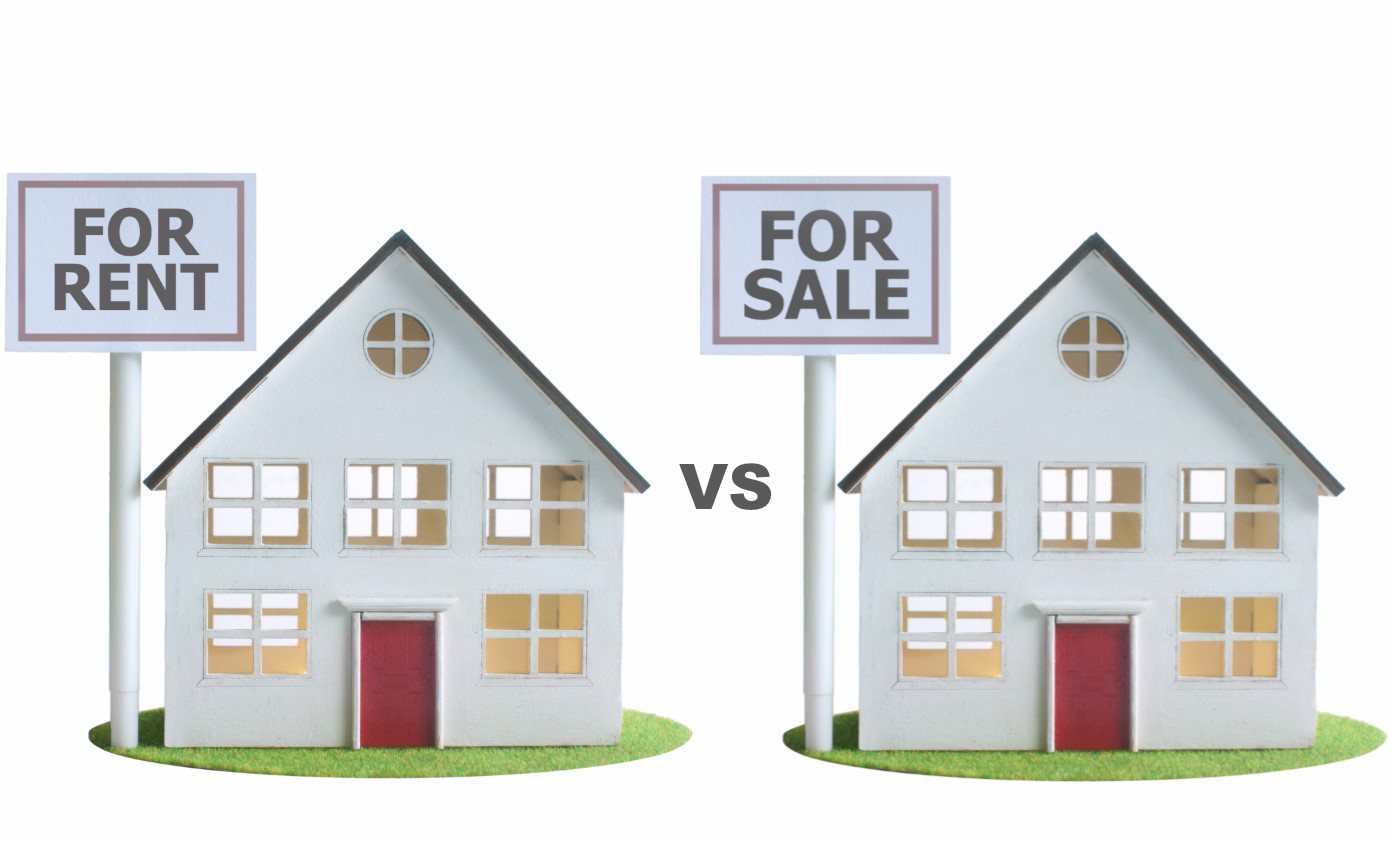Investing in real estate can take many forms, each offering unique opportunities and challenges. If you've ever wondered whether you should try your hand at flipping properties, becoming a landlord, or becoming a lender, you're not alone. In this post, we'll explore these three popular types of real estate investments. I’ve personally walked all three of these paths—owning rentals, flipping houses, and ultimately shifting into lending—and I want to help you understand the ins and outs of each. By the end of this guide, you'll be better equipped to determine which strategy aligns best with your goals.
Flipping houses can be both exciting and rewarding. The premise is simple—you buy a property that needs work, fix it up, and sell it at a higher price.
Personal Story: When I started flipping homes, I was drawn to the potential for a big payout. However, I quickly learned that flipping is anything but passive. From managing contractors to ensuring that the finishes were market-appropriate, it became a full-time job. I remember one project in particular, where I spent countless hours coordinating with plumbers, electricians, and painters, only to find myself walking the property at odd hours to make sure everything stayed on budget and on time. The end result? A profitable sale, yes, but it was a round-the-clock hustle.
Pros of Flipping:
- High Potential Returns: When everything goes right, flipping can bring in significant profits.
- Quick Exit: Once the property sells, you're done, with no ongoing responsibilities.
- Transformative Impact: It’s satisfying to take something neglected and turn it into someone’s dream home.
Cons of Flipping:
Time Intensive: Flipping is not passive. It’s a full-time commitment involving coordination with contractors, material selection, and managing timelines.
Market Risk: Your profits depend on the market—a downturn can leave you with unexpected losses.
Cost Overruns: Renovations often exceed both budget and timeline, cutting into profits.
Owning rental properties is often considered a way to build long-term wealth while enjoying "passive income." You purchase a property, find tenants, and collect rent—sounds easy, right? Well, not always.
Personal Story: Like many people when I first got into rentals, I was under the illusion that I would be collecting passive income with little involvement. The reality was quite different. There were late-night calls about leaking faucets, tenant turnovers that required me to quickly clean and repaint units, and even a couple of evictions. I remember one particularly frustrating case of having to chase down a tenant for rent, only to end up in small claims court. Owning rental properties is about patience and dealing with all kinds of people, which can be draining if you’re not prepared.
Pros of Renting:
Recurring Income: Renting out properties can provide a steady monthly cash flow.
Long-Term Wealth Building: Appreciation and mortgage paydown can build significant equity over time.
Tax Advantages: There are tax benefits like depreciation, which can reduce taxable income.
Cons of Renting:
- Hands-On Management: You’re responsible for maintenance, tenant issues, and emergencies. This can be reduced by hiring a property manager but no one will care for your property they way you do and you will need to manage the manager.
- Tenant Risks: Problematic tenants can lead to non-payment, evictions, or property damage.
- Vacancy and Turnover: Finding new tenants takes time and can reduce profitability.
- Monthly Cashflow: should be saved and not used for repairs and capex and should not be used to live off of. Your always one HVAC issue away from a huge hit to your saved capital
- Illiquid asset: If you want/need to get your capital out you will need to sell or refinance the property which takes time
Real estate lending offers a different type of involvement—you fund projects and earn interest on your investment, but you don’t have to deal with hammers, contractors, or late rent payments.
Personal Story: The moment I decided to move into lending was when I completed a particularly challenging flip. I had poured my heart, soul, and many sleepless nights into making that home beautiful. Six months later, I walked away with a decent profit, but not as much as the lender, who made their return simply by providing funding. It was an "aha" moment for me—I realized I could leverage my experience and capital to earn returns without breaking a sweat.
Pros of Lending:
Passive Income: Lending is largely hands-off, with interest income earned without direct property involvement.
Fixed Returns: With lending, you know what your return will be upfront.
Leverage Expertise: Lenders can leverage the expertise of experienced developers and flippers.
Cons of Lending:
Risk of Default: Borrowers could default, which means your investment is only as secure as the underlying property.
Lower Upside Potential: Compared to flipping, the returns on lending are fixed, limiting the potential upside.
Requires Capital: You need significant funds to get started, particularly if you want to diversify your lending portfolio.
Each type of real estate investment has its own allure—flipping can bring in big bucks, renting provides recurring income, and lending allows for more passive involvement. There is no one-size-fits-all answer. It really depends on how much time, energy, and risk tolerance you have.
If you’re looking for a more passive investment opportunity that leverages the hard-earned experience of myself and my team, lending might be the perfect avenue for you. We understand the ins and outs of real estate and use that expertise to manage risks effectively. If this sounds appealing, feel free to reach out and schedule a meeting with us. Let’s make your money work for you.




